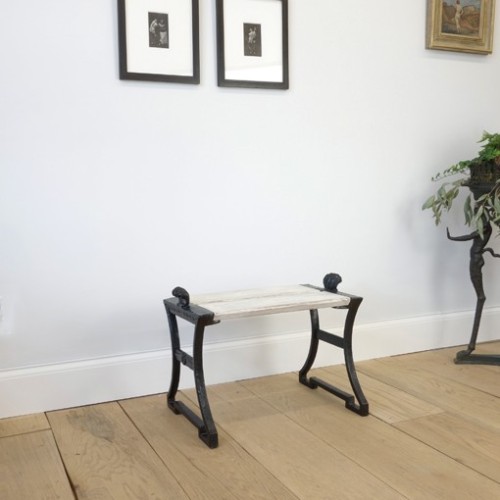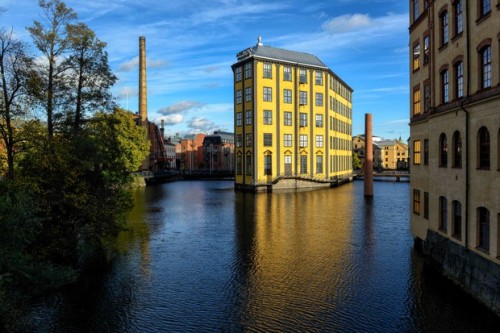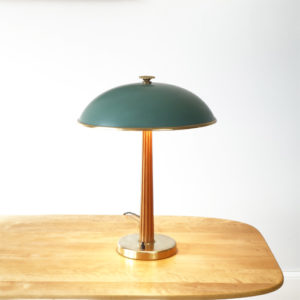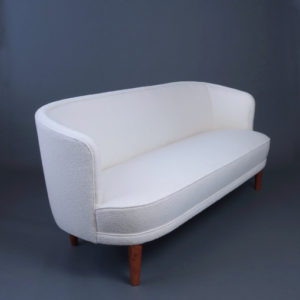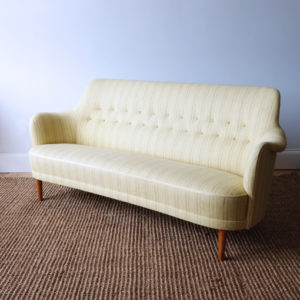We are smitten with Swedish design. It embodies so many of our ideals: function without loss of beauty, beauty without vanity, modernity which embraces rather than annihilates the past. A kind of organic minimalism. Uncompromising adherence to quality–of materials, of fabrication. Comfort and simplicity.
The first piece we acquired was a Neoclassical garden bench designed by Folke Bensow for Nafveqvarn Bruk foundry. This model was shown in the Swedish Pavilion at the Paris World Expo 1925. The proportions are perfect, the design gracefully substantial.
Bensow was an architect and designer, also responsible for what is considered the most beautiful industrial building in Sweden, now the Museum of Work:
Next, we purchased a couple of desk lamps from the 1940s.
They seem to us to be made for libraries. The small base leaves plenty of table space for books, but the wide, shallow shade casts a generous light over one’s subject.
We couldn’t resist this 19th century cradle, which evokes the Sweden of Astrid Lindgren’s Christmas in Noisy Village:
And then came the Malmsten pieces. Carl Malmsten, like Folke Bensow (and so many great furniture designers through the first third of the 20th century), was also an architect. He was known for his devotion to Swedish craftsmanship. We found his sofas to be the perfect size for apartment dwellers, with a gracious, embracing line and unbeatable bones.
This is a table he designed, one of which Ingmar Bergman owned:
A Swedish flatweave carpet can be seen beneath its shapely legs.
Kerstin Hörlin-Holmquist was a furniture designer whose most iconic line was called “Paradiset.” This is a pair of her “Lilla Eva” (or Little Eve) chairs, which we reupholstered:
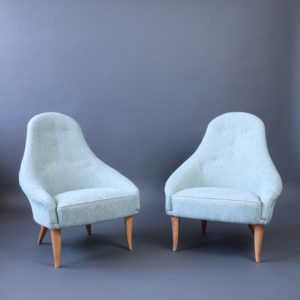 Their design is obviously of the Swedish moderne, but it also pays homage to upholstered English furniture, the study of which greatly influenced Holmquist’s work. She and her husband Erik, with whom she often collaborated, were known to live with their designs before they completed them–the only surefire quality-testing. These chairs are as comfortable as they are lovely to look at.
Their design is obviously of the Swedish moderne, but it also pays homage to upholstered English furniture, the study of which greatly influenced Holmquist’s work. She and her husband Erik, with whom she often collaborated, were known to live with their designs before they completed them–the only surefire quality-testing. These chairs are as comfortable as they are lovely to look at.
The element of playful fantasy is one we respond to as well, as in this silver-inlaid Argenta bowl by Wilhelm Kage…
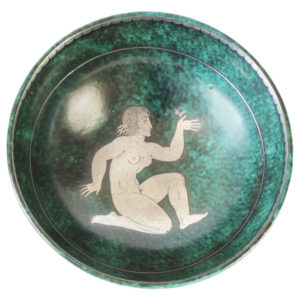
…or a Stockholm subway station decorated in 1975 by artist Per Olof Ultvedt.

There is a timelessness about 20th century Swedish design which makes it eminently flexible. Here are images of recent installations in our studio and our New York Design Center showroom, in which Swedish mixes happily with French, English and Italian furniture from the 18th through the 20th century, and artworks and objects which span the globe.
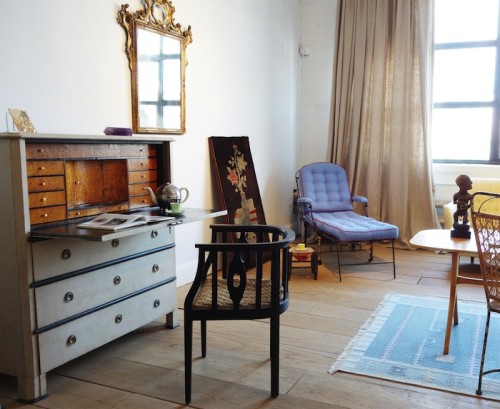
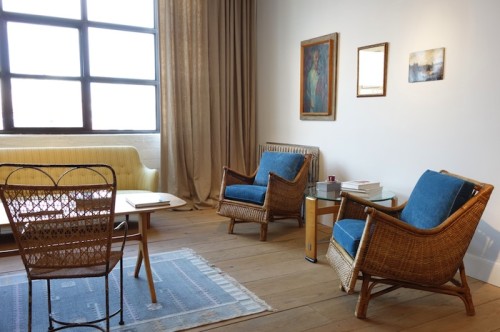

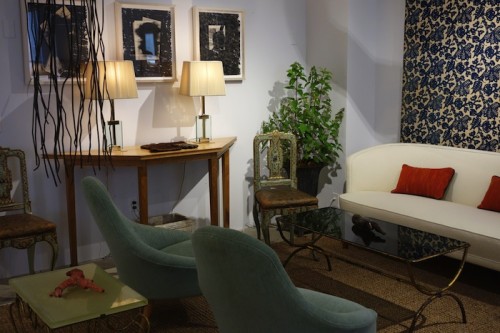
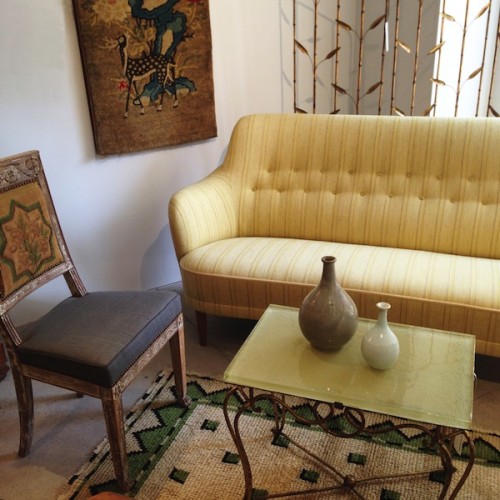
To find out more about anything you see in these images, feel free to contact us.



